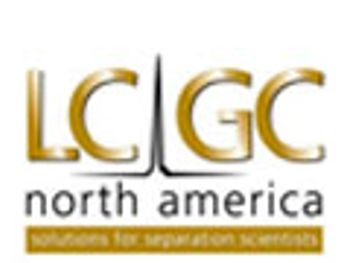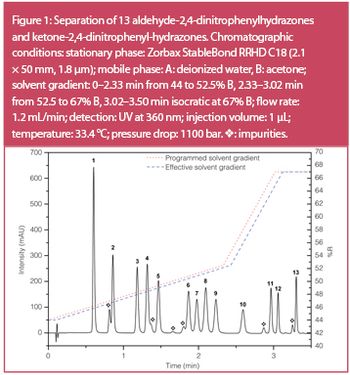
Comprehensive two-dimensional liquid chromatography (LC×LC) is evolving and becoming more commonly used in practice, but there are some specific problems still present that hamper the widespread use of this technology. One key aspect is the coupling of an on-line LC×LC system to a mass spectrometer. Generally, on-line LC×LC is based on a very fast second dimension separation to achieve low cycle times. This often results in flow rates that are far above the optimum for electrospray ionization mass spectrometry (ESI-MS). This month’s “Multidimensional Matters” looks at the benefits of miniaturization in the first and second dimension for coupling with a high-resolution mass spectrometer (HRMS) and describes an environmental analysis application.











